The measurement of storage tanks mainly has two purposes: to control the storage capacity of storage tanks to meet production operations such as oil collection and oil delivery; and to measure tank area inventory, that is, inventory management.
The measurement methods for the two purposes are different, and the equipment and selection of instruments are also different.
The storage tanks described in this article are mainly above-ground steel storage tanks for the storage and transportation system of oil products (including raw oil, intermediate oil products, refined oil, liquefied petroleum gas and auxiliary production oil products).
By enumerating commonly used storage tank measurement schemes, control schemes and metering schemes, the commonly used measurement methods and measurement principles are introduced, and standardized and practical engineering design schemes are provided.
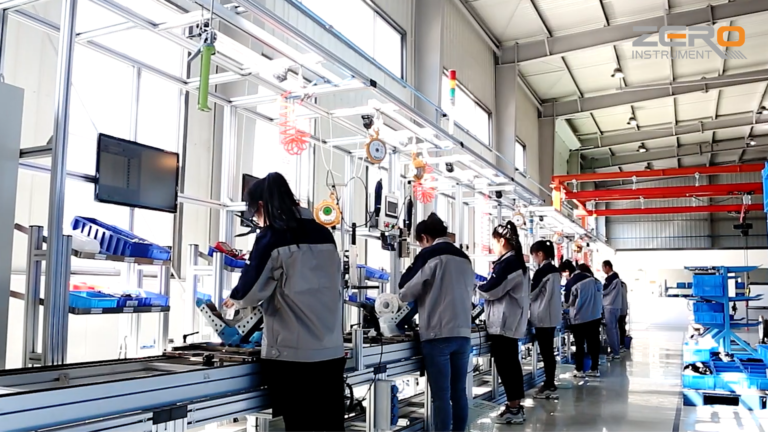
Metering grade normal pressure and low pressure storage tanks
1. Liquid level measuring instrument
Liquid level measuring instruments – occasions with higher reliability requirements should use continuous liquid level measuring instruments instead of liquid level switch instruments!
Tanks with larger volumes have larger loading capacity and will suffer greater losses in the event of an accident. Therefore, storage tanks with a volume less than 1×10⁵m³ should be equipped with a continuous liquid level measuring instrument on the top of the tank. Tanks with a volume not less than 1×10⁵m³ should be equipped with 2 A continuous measuring instrument for liquid level should be installed, and an indicator next to the tank should be equipped to display the liquid level. In order to facilitate operation monitoring, high and low liquid level alarms should be set in the control system.
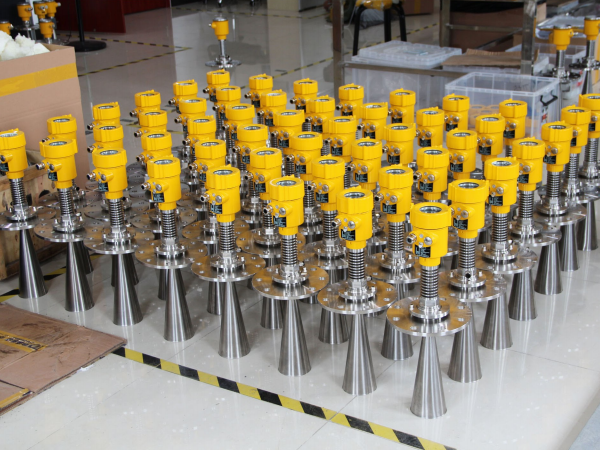
In order to promptly remind operators and ensure safe operation, the high and low liquid level alarms of the storage tank should be set in the control system. The signal can be taken from a continuous measuring instrument or a liquid level switch. In order to prevent evacuation or tank eruption, storage tanks with a volume of no less than 1×10⁵m³ should adopt a control scheme in which high and high liquid levels interlock to close the tank inlet pipeline switch valve, and low and low liquid levels interlock to stop the pump and close the outlet pipeline switch valve. Interlock No. It should be taken from the liquid level continuous measuring instrument or the liquid level switch. The interlocking should be implemented in the control system.
Since continuous measuring instruments can measure process variables in real time and can continuously observe and determine the working status of the instrument, they are more reliable than switching instruments that do not frequently operate.
Some instruments also have self-diagnosis functions, so occasions with higher reliability requirements should use continuous measuring instruments. Liquid level measuring instruments replace liquid level switch instruments.
2. Temperature measuring instrument
Temperature measuring instruments—Measurement-grade storage tanks should be equipped with multi-point thermal resistance thermometers installed on the top of the tank.
When the volume is measured by directly measuring the liquid level and the standard volume and standard density need to be calculated, the temperature of the oil needs to be measured.
For situations where the temperature of the oil in the tank may be uneven, a multi-point thermal resistance thermometer or a single-point thermal resistance thermometer should be set up to measure, and the average temperature of the oil in the tank should be calculated, and the output signal should be connected to a continuous measuring instrument for the tank liquid level. .
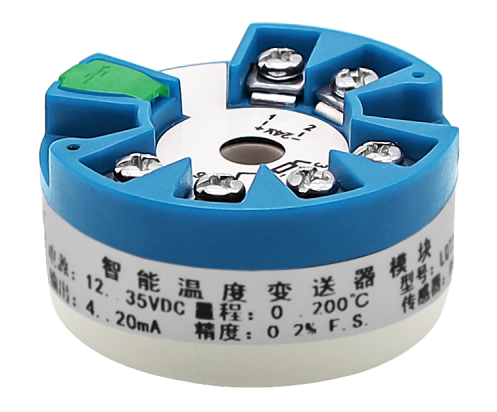
3. Pressure transmitter
Pressure transmitter – a pressure or differential pressure transmitter used for density calculation. The source port is set below the lowest liquid level for normal operation and above the oil-water interface;
When using radar level gauge, servo level gauge, magnetostrictive level gauge, static pressure method, etc. to measure the liquid level and convert the total mass or volume of the oil, it is necessary to measure the oil density, which is divided into the following two situations:
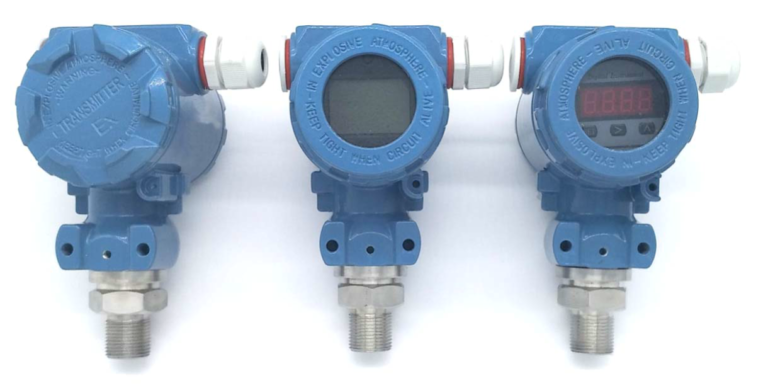
1) When the mixed method of measurement is used to directly measure the liquid level through radar level gauge, servo level gauge, magnetostrictive level gauge, etc., one pressure transmitter should be used for normal pressure storage tanks and one pressure transmitter should be used for low pressure storage tanks. Two pressure transmitters or one differential pressure transmitter measure and calculate the average density to improve calculation accuracy.
2) When the static pressure method is used for measurement and the liquid level is calculated by measuring the pressure at the bottom of the oil tank, two pressure transmitters should be used to measure and calculate the density. Due to the limitations of the distance between the density measurement source ports and the operating liquid level, only It can measure the density of oil between the two source ports at the bottom of the tank.
For pressure or differential pressure transmitters used for density calculation, the source port is set below the lowest liquid level for normal operation and above the oil-water interface, and the output signal is connected to the tank liquid level continuous measurement instrument or tank data management unit.
Metering grade pressure storage tank
1. Liquid level instrument
Level Instruments – There is no need to overemphasize common cause failures and failures in measurement.
The instrument setting of the pressure storage tank should consider the conditions of pressure operation. Two sets of continuous liquid level measuring instruments should be installed on the top of the tank, and an indicator should be equipped next to the tank to display the liquid level.
High and low liquid level alarms should be set in the control system. The measurement principles of these two sets of continuous liquid level measuring instruments can be the same or different. Some projects require the use of two sets of instruments with different measurement principles.
In fact, it is of little significance. The liquid level measurement conditions of the storage tank are not harsh and the time constant is large. The instruments currently used are very mature and reliable. There is no need to overemphasize the commonality of measurements. Due to failure and malfunction.
If you blindly emphasize the use of two sets of instruments with different measurement principles instead of selecting an appropriate instrument based on the characteristics of the medium, it may lead to unreasonable instrument selection.
The liquid level measurement conditions of towers, tanks and other equipment in production equipment are usually more stringent than those of oil storage tanks, and a single set or two sets of the same instrument are often used, so the measurement of storage tanks does not need to be over-configured.
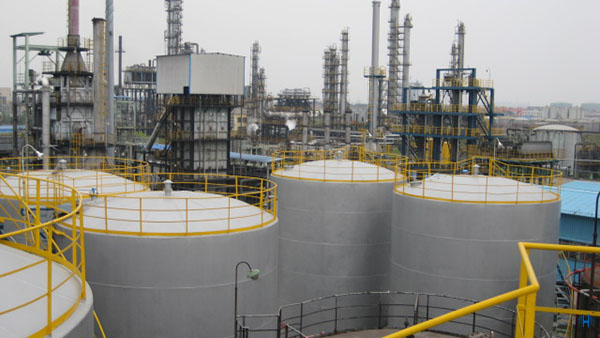
In order to promptly remind operators and ensure safe operation, high and low liquid level alarms and interlocks for storage tanks should be set up in the control system.
The signals can be taken from continuous measuring instruments or liquid level switches. In order to prevent emptying or tank eruption, the storage tank adopts a control scheme in which the liquid level is high and high interlocks to close the tank inlet pipeline switch valve, and the liquid level is low and low interlocks to stop the pump.
The interlock signal should be taken from the liquid level continuous measuring instrument, or it can be taken from the liquid level. Position switches and interlocks should be implemented in the control system.
Metering grade pressure storage tanks need to set up a measurement plan according to metering grade requirements. When the volume is measured by directly measuring the liquid level and height, and the standard volume and standard density need to be calculated, the temperature of the oil needs to be measured.
Therefore, if the temperature of the oil in the tank may be uneven, a multi-point thermal resistance thermometer should be set up to measure and calculate the average temperature of the oil in the tank, and the output signal should be connected to a continuous measurement instrument for the tank liquid level.
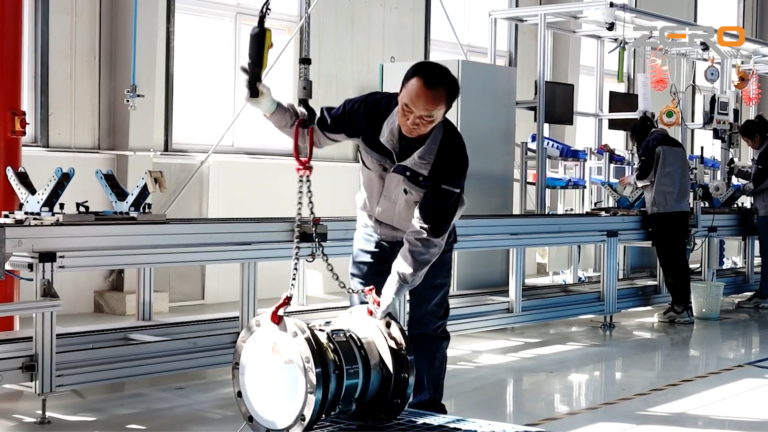
2. Temperature instrument
Temperature instrument – a multi-point thermal resistance thermometer installed on the metering grade storage tank is installed on the top of the tank, and the number of temperature measurement points is determined by being evenly spaced every 3m within the effective height range of the storage tank.
When the vertical temperature change of the oil in the storage tank is small, a single-point thermometer can be installed at the bottom of the tank, and there is no need to set up a multi-point thermometer. The thermal resistance thermometer can be set alone or integrated with the oil-water interface level measuring instrument. In order to observe the temperature of the medium in the tank on-site, a bimetal thermometer should be installed at the lower part of the storage tank.
When radar level gauges, servo level gauges, magnetostrictive level gauges, etc. are used to directly measure the liquid level and convert the total mass or volume of the oil, the density of the oil needs to be measured.
The pressure storage tank uses 2 pressure transmitters or 1 differential pressure transmitter to measure and calculate the average density to improve calculation accuracy.
For pressure or differential pressure transmitters used for density calculation, the source port is set below the lowest liquid level for normal operation and above the oil-water interface, and the output signal is connected to the tank liquid level continuous measurement instrument or tank data management unit.
The water-containing medium storage tank should be equipped with an oil-water boundary level measuring instrument. It can be a separate measuring instrument or integrated with a thermal resistance thermometer. The signal is connected to the continuous measuring instrument for the liquid level of the storage tank to calculate the actual liquid level of the oil. .
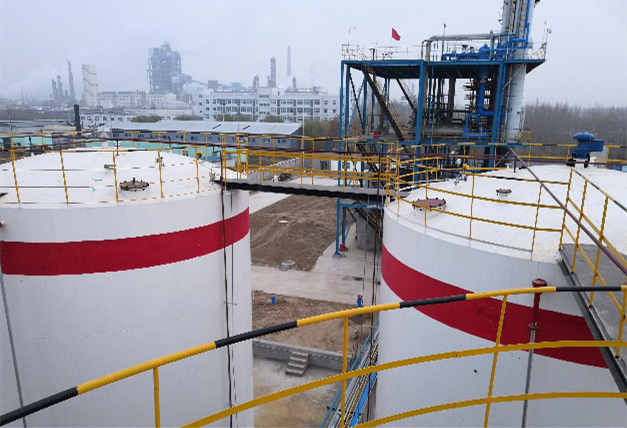
3. Pressure instrument
Pressure instrument – a pressure transmitter and pressure gauge should be installed on the top of the tank. Some storage tanks also need to be equipped with 2 sets of pressure transmitters.
A pressure transmitter and pressure gauge should be installed on the top of the tank. Some storage tanks also need to be equipped with 2 sets of pressure transmitters. In order to reduce common cause failures caused by clogging of the source interface, the pressure transmitter and pressure gauge do not share the same source interface. When the spherical tank needs to be sealed with nitrogen, pressure range control should be set. The nitrogen inlet pipeline should be equipped with a pressure gauge.
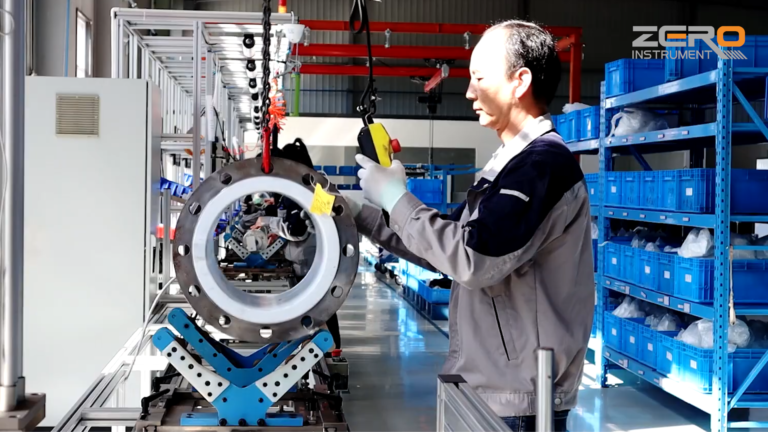
Measuring instrumentation settings for metering and non-metering tanks
Compared with non-metering grade storage tanks, the instrumentation of non-metering grade normal pressure and low pressure storage tanks is relatively simple. The continuous liquid level measurement instrument does not require the accuracy of the metering grade instrument, nor does it require continuous online measurement of the density of the oil in the tank. Density compensation. The temperature measurement of non-metering-grade storage tanks is only used for process monitoring. It is advisable to set up a single-point thermal resistor with an on-site temperature transmitter, and the output signal is connected to the tank control system. The settings of other instruments are similar to those of metering-grade normal pressure and low-pressure storage tanks.
The same as the metering grade pressure storage tank, the instrument settings must consider the conditions of pressure operation. Two sets of continuous liquid level measuring instruments should be installed on the top of the tank, and an indicator next to the tank should be equipped to display the liquid level. The measurement principles of these two sets of continuous liquid level measuring instruments can be the same or different. High and low level alarms should be set in the control system.
Non-metering grade storage tank temperature measurement is only used for process monitoring. It is advisable to set up a single-point thermal resistor with an on-site temperature transmitter, and the output signal is connected to the tank area control system.

In short, the measurement and measurement scheme of petrochemical oil storage tanks should be designed according to the needs of process operation, the automatic control level and the management level of the factory. Based on the comprehensive consideration of the pressure classification, metering and non-metering classification of oil storage tanks, tank farm scale, medium characteristics, etc., set up metering and measuring instrument plans, and determine the appropriate measuring instrument types, alarm plans, and setting methods.
The main monitoring instrument for the production and operation of the tank area is the continuous liquid level measurement instrument. For pressure storage tanks and pressure transmitters, multi-level alarms and interlocks for important process variables should be set up in the control system. For storage tank measuring instruments, appropriate measurement methods must be considered to meet the instrument accuracy required by measurement standards. Instruments should be set up for temperature compensation and density compensation.
